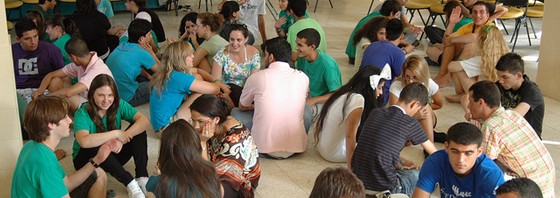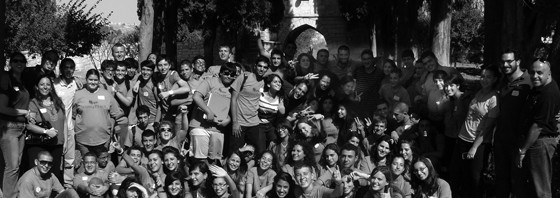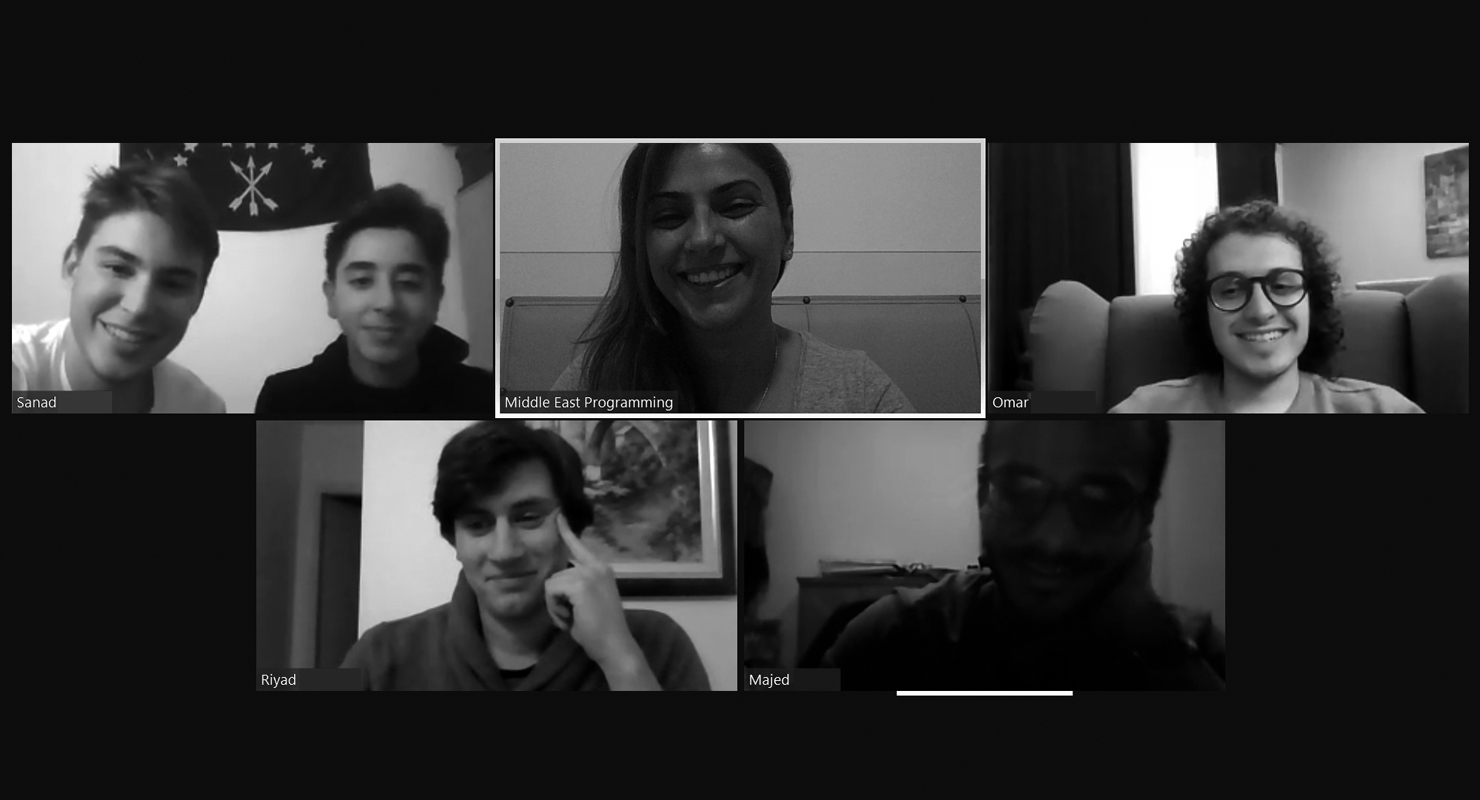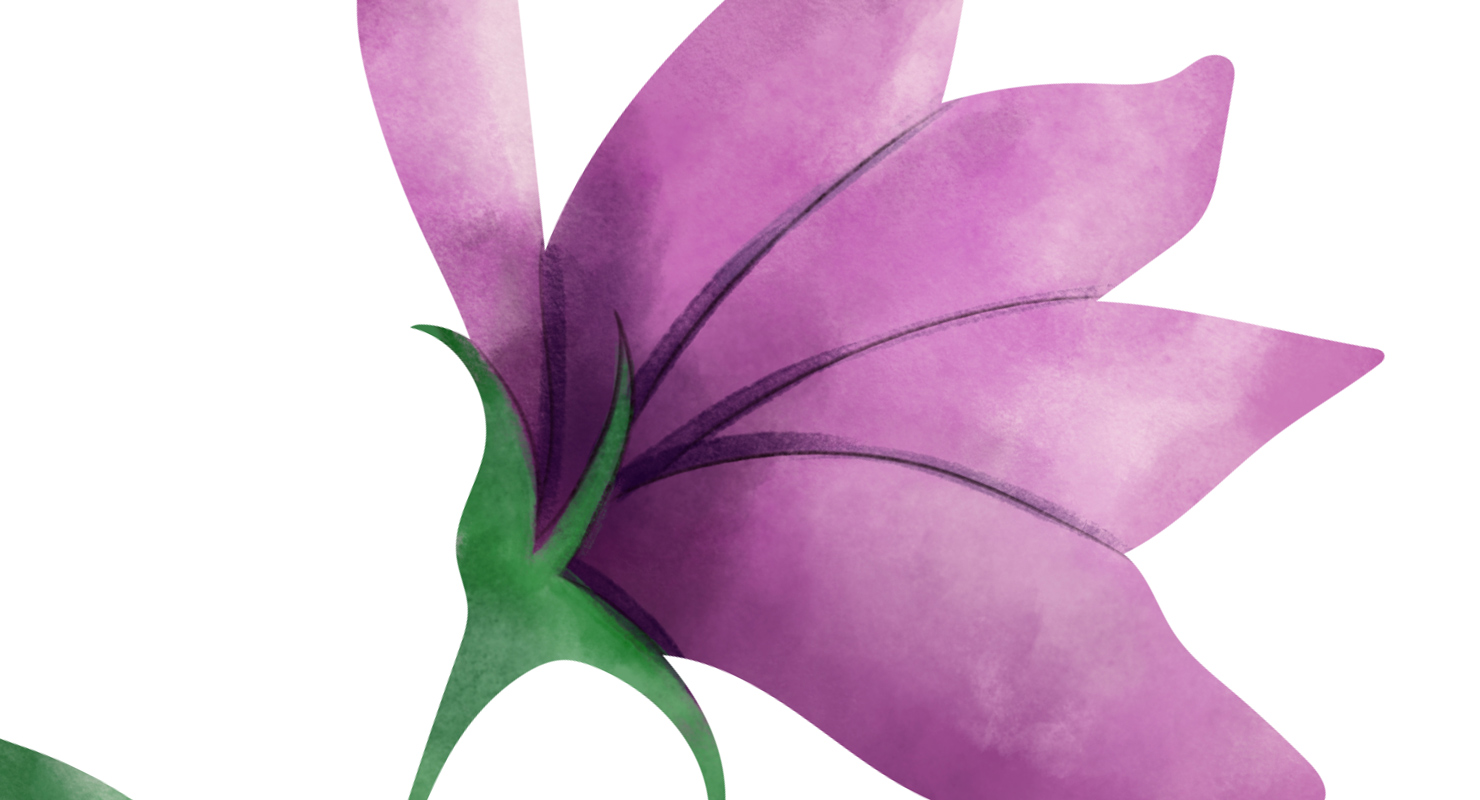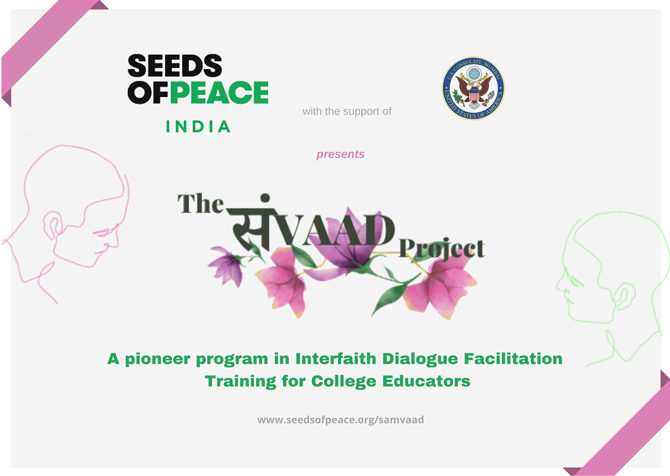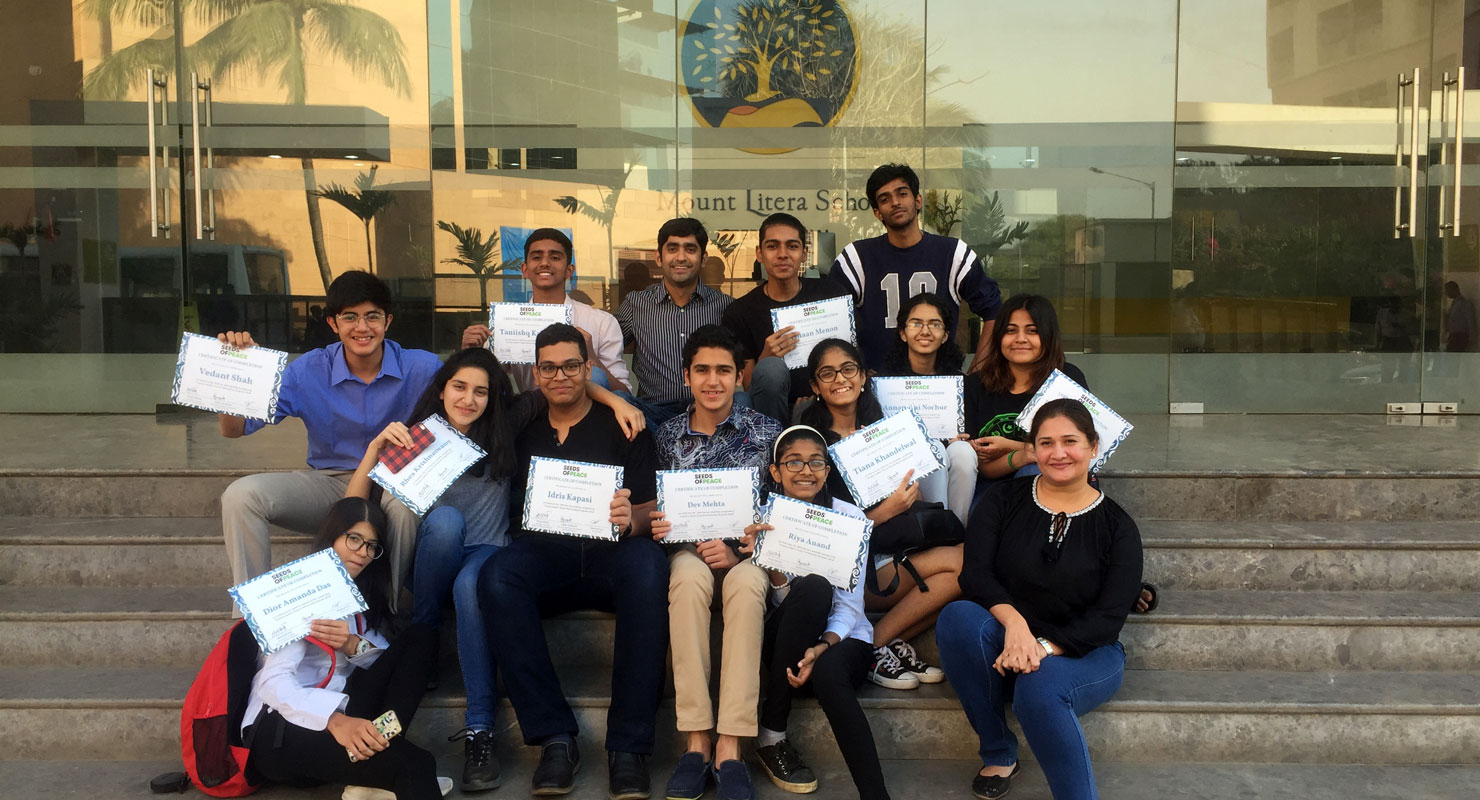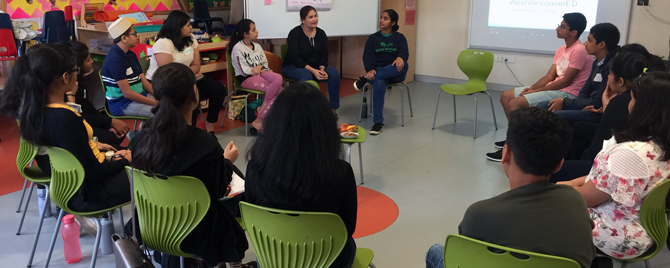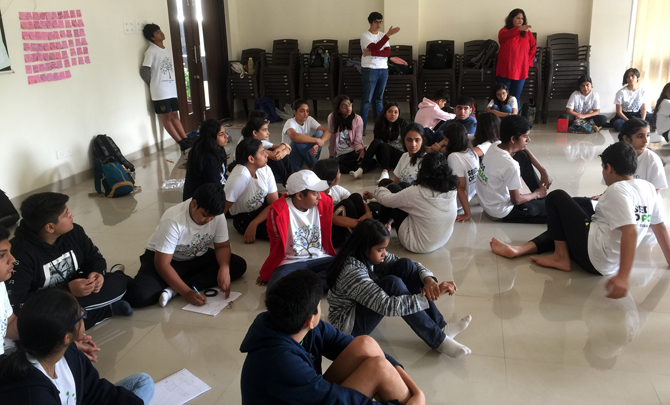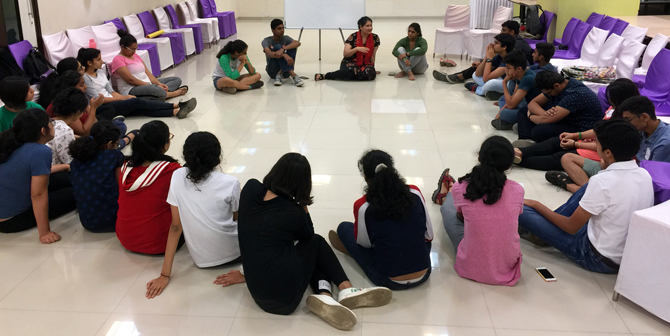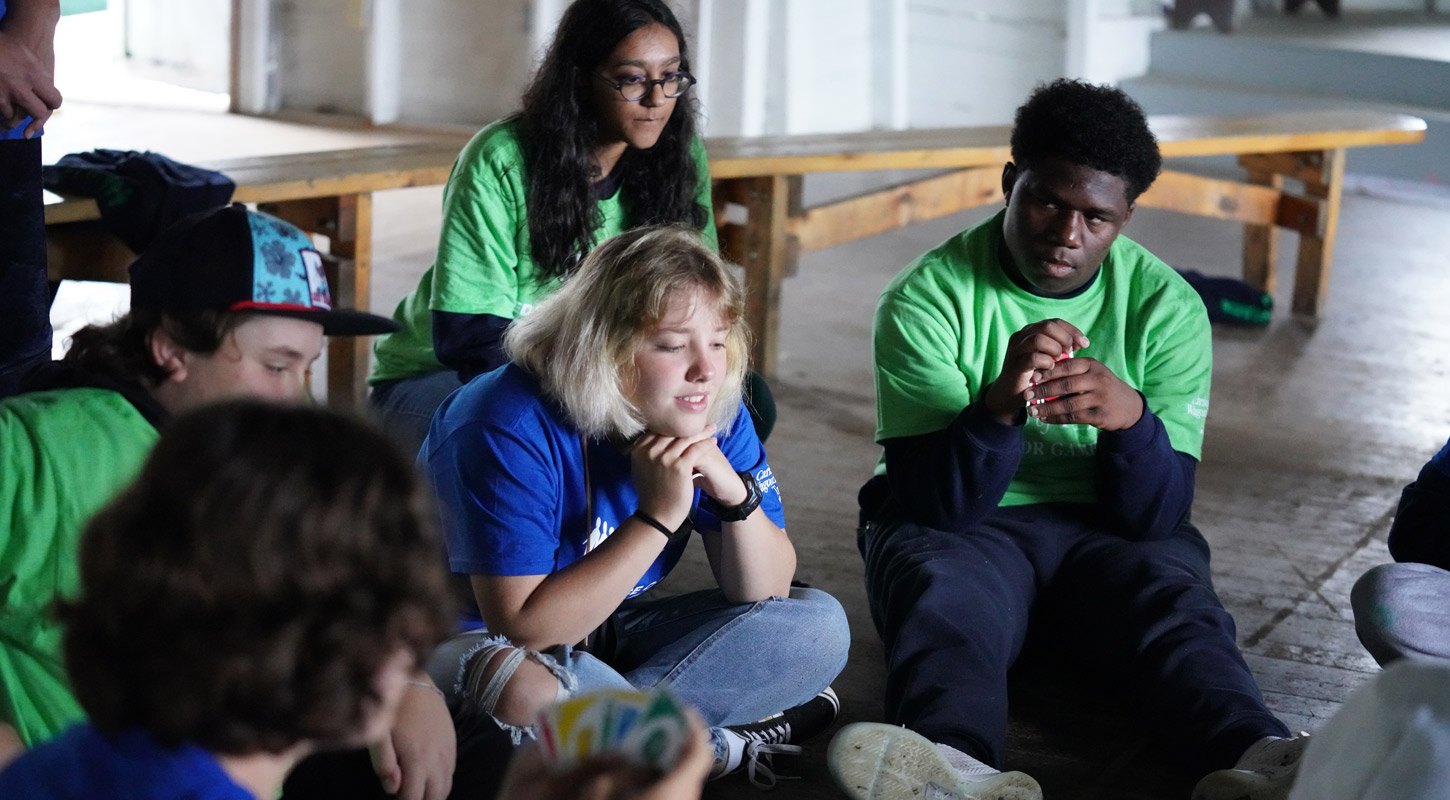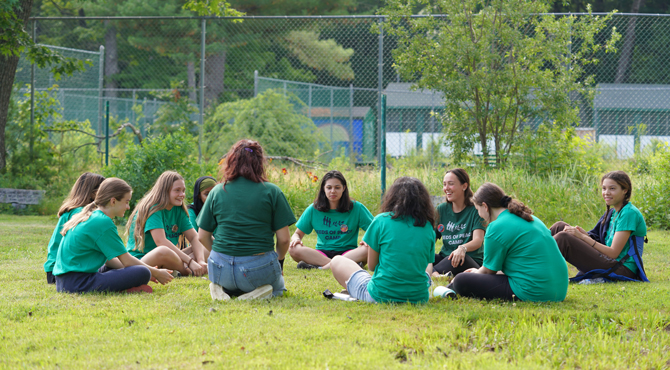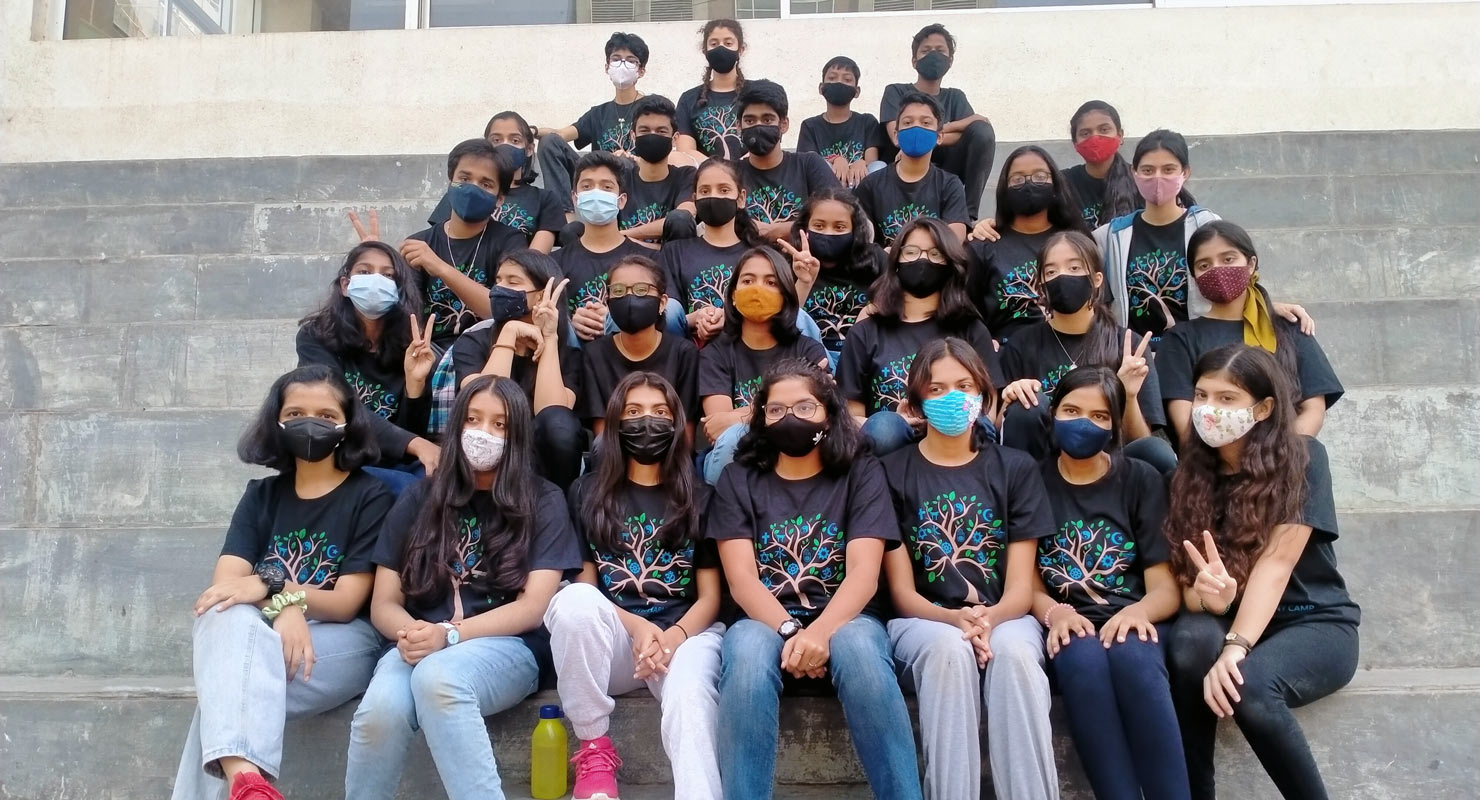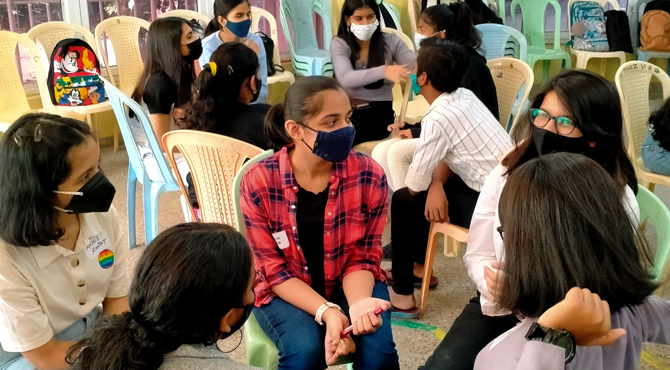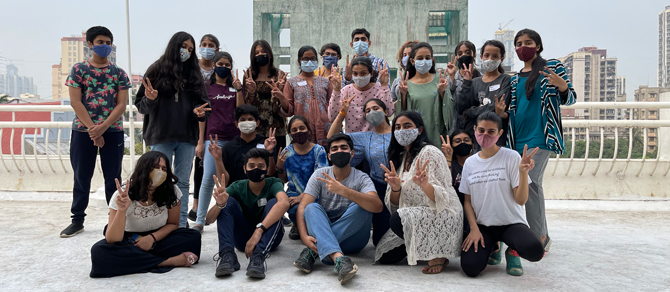Annual camp gets Indian, Pakistani kids to see each other’s points of view
BY MEERA RAJAGOPALAN | OTISFIELD, MAINE When 13-year-old Hassan Raza of Lahore packed his bags to be part of the India and Pakistan camp of the Seeds of Peace program in 2002, peace was the furthest thing on his mind. His grandfather had died saving his pregnant grandmother during the partition riots of 1947 and two of his uncles were killed serving the Pakistan Army during wars with India. His whole family was anti-Indian, and Raza was too.
“I was going to show the ‘enemy’ what I was made of,” says Raza, now a junior at Deerfield Academy in Massachusetts.
What he learned during the three and a half weeks at the summer camp at Otisfield, Maine changed his life completely, says Raza, who is now ecstatic that one of his Indian friends will be a freshman at the Massachusetts Institute of Technology this fall. “I told him I’ll visit him every week,” says Raza.
The Seeds of Peace initiative has changed the lives of around 120 such children from India and Pakistan through its international coexistence program, which aims to bring together teens from areas of conflict together, to make them understand the ‘other’ point of view. The program is funded by the federal government and a few private donors.
Seeds of Peace, which started in 1993, seeks to provide young leaders with skills and understanding required to help them effect change in their homeland. The international program was originally started with Israeli and Palestinian teenagers, and now has programs for countries like the Balkans, India, Pakistan and Afghanistan. Students from the United States participate in the international program as well.
The India and Pakistan program was started in 2001, and brings students from Mumbai and Lahore together, with plans to expand into other cities in the future. This year, the camp will be held from June 26 to July 18.
“The students that have participated are amazing,” says Leslie Lewin, program director of the organization. “One of the main experiences they have got is that they come here with their own viewpoints or their family’s viewpoints of the situation. For most, it is the first time they are getting to know the other side.”
The camp is like any other summer camp, with activities and games for the entire group. There are subtle differences, with the activities designed to help bonding between children from conflict regions.
“We would play most of the day, different games. We’d have Indians and Pakistanis on one side and Israelis and Palestinians on the other side, for example,” says Rashna Kharas, a student from the 2001 batch, now a freshman at Middlebury College in Middlebury, Vt.
The part of the program overtly addressing differences is the nightly co-existence session, where the 12 Indians and 12 Pakistanis were brought together to discuss issues of interest to them, with a moderator present.
Meenakshi Chhabra, an instructor in conflict resolution at Lesley University in Cambridge, Mass. works as a part-time consultant with Seeds of Peace, and has helped design the curriculum for the camps since the program’s inception in 2001. “The first few days are spent in just learning how to have a dialogue,” she says. “One of the main ideas is to ask the kids what they’d like to talk about.”
The Seeds of Peace camp in Otisfield, Maine, brings children from Pakistan and India together every summer. Chhabra says the situation during the first session was especially volatile, coming on the heels of the Kargil conflict of 1999. “Some of them come here with really hardline thinking,” says Chhabra, “and shifts happen with them as well.”
Chhabra says many of the kids come to the camp reading history books, and with a deep knowledge of what happened during the partition, but only from one viewpoint. “They were so struck by the historical events that are taught differently,” says Chhabra. “Of course, that makes them understand that there is really no truth, but there are multiple truths.”
Some of most emotional moments of the camp came when children shared personal stories with each other, trying to argue their point. Raza recalls asking a girl from Mumbai who he must blame for his grandfather’s death during the partition.
“She asked me the same question,” says Raza. “I realized that the truth is that I lost my grandfather, but so did many on the Indian side.”
The Indian and Pakistani children, like the Israeli and Palestinian children, share bunks, and are further brought together by living together in close quarters. Kharas says one of her favorite parts of the day was meal time, not because of its taste, but because of the lack of it.
“We shared a common distaste for American food,” says Kharas. “When you didn’t feel like eating the bland breakfast, the Pakistani kids said, ‘I’m not eating that either.’ It was nice to know that we share so much in common.”
The goal of the program is not to change opinions, says Lewin, but rather to try and understand the other point of view.
“In fact, I still believe that Kashmir should be in India and she (friend from Pakistan) believes that Kashmir should be in Pakistan,” says Kharas. “But [after the camp] I realized that it does not mean we have to hate Pakistanis.”
The children, called ‘seeds,’ also learned about the bias in all forms of media and literature, says Chhabra. “Now, when anything happens in their country, they compare the news online. They don’t just believe, but explore,” says Chhabra.
Kharas agrees. “I definitely take everything the media portrays with a grain of salt, I’m more conscious of that filter,” she says.
If the three and a half weeks were about breaking barriers, they had a more arduous task ahead once they returned home—that of sharing their experience to effect change in their spheres of influence. Raza recalls his return to Pakistan, a changed person.
“When I went back, I was considered an outcaste. My friends started calling me ‘Hindu-lover’,” says Raza. “But it only took some time for them to realize what I was saying, and they now stand by me.”
Kharas says she was written off as an idealist when she spoke about there being two sides to the conflict. “It was much harder to convince the older generation than our peers,” she says.
One of the other main components of the program is the home state program, where seeds from India visit Pakistan and vice versa. Raza cherished the time he spent with his friends when they visited him in Pakistan. He remembers an incident at the marketplace when he and his Indian friends were quibbling over the price of something, when an older man asked them not to fight and added in Urdu, “Are they Indians for you to fight?”
“He was shocked when I told him that they were Indian,” says Raza.
Some seeds, like Kharas, return to the camp as peer supporters, where they have their own international camp experience, and also help the participants of the coexistence program. Others are encouraged to explore the issue further. Raza, for example, is currently working on a documentary film that seeks to portray the partition from the Indian and Pakistani perspective.
Most seeds remain in touch, and contribute regularly to the quarterly newsletter “The Olive Branch,” meant specifically for seeds to tell their stories after their camps. Now, not just the seeds are in touch, but their parents are as well.
Raza now proudly tells the story of how his mother regularly sends gifts to her friends in Mumbai—friends who are mothers of seeds. “It took her almost a year to understand what I was saying, but once my friends visited me from India, she bonded with them more easily,” says Raza.


